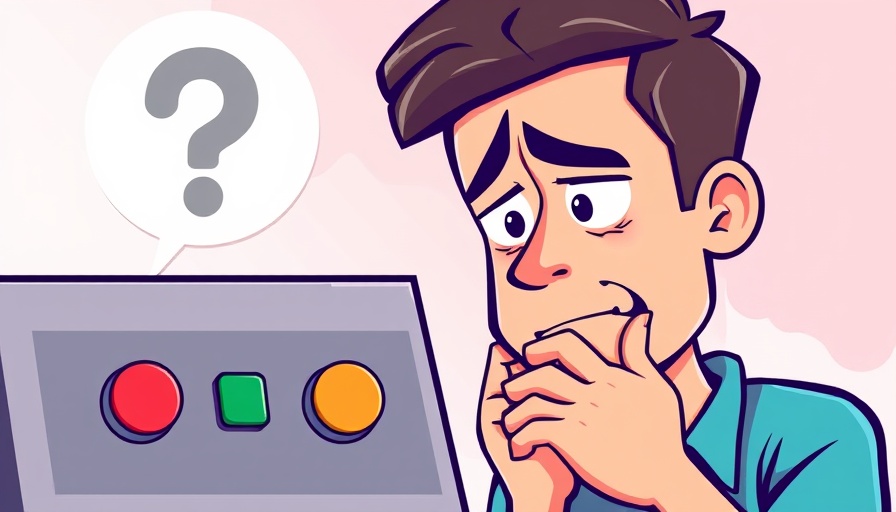
Understanding Employment Stigma and Mental Health
In the UK, a troubling gap exists in employment rates for disabled people compared to their non-disabled peers. With disabled individuals facing a 6.9% unemployment rate, nearly double that of the 3.6% faced by non-disabled individuals, it's clear that urgent action is needed. Mental health issues form a significant proportion of this disability, with individuals struggling silently. The stigma associated with mental illness often leads to barriers in the job market, where many are left grappling with the decision to disclose their conditions to potential employers.
Unpacking the Stigma: The Heart of the Issue
Research from See Me, highlighted in the Scottish Mental Illness Stigma Study, emphasizes that stigma remains a substantial concern for those living with mental health issues. The stigma manifests starkly during job application processes, where applicants are often asked to disclose any mental illnesses, creating a sense of anxiety and fear around how potential employers might judge their abilities. This stigma not only affects job seekers; it shapes workplace cultures and can discourage even the most qualified candidates from pursuing opportunities.
A New Approach: The Conceal or Reveal Tool
In an effort to combat this stigma, a recent study by Janssens and colleagues evaluated the effectiveness of a stigma awareness training tool known as “Conceal or Reveal.” Designed for employment specialists who support job seekers with mental health challenges, this tool aims to facilitate discussions about mental health openly and safely. By fostering environments where individuals feel empowered to disclose their mental health status, the ultimate goal is to improve employability and confidence amongst job seekers.
The Results: Potential for Change
The study involved a mixed-methods approach, with grouped training sessions for employment specialists and an analysis of their engagement with the tool. While engagement was relatively low — with only about 16% of specialists and clients discussing the tool together — the potential for improvement in employment outcomes is significant. When individuals receive proper support to navigate their mental health disclosures, research suggests that their employment prospects could double.
Why Disclosure Matters: Breaking Down Barriers
Encouraging disclosure can be crucial for dismantling barriers in hiring processes. It opens up dialogues between employers and potential employees, making workplaces more inclusive environments. By informing employers about the realities of mental health challenges, organizations can reshape their practices to foster equality and support, potentially reducing the unemployment rate for individuals with mental health issues.
Future Implications: Create a Culture of Understanding
To truly begin addressing mental health stigma in employment, stakeholders such as employers, policymakers, and community leaders must recognize the importance of mental health education. Integrating mental health awareness into company policies and training programs can pave the way for more open conversations about mental health in the workplace. Additionally, access to mental health resources, such as Employee Assistance Programs (EAPs), needs to be prioritized to support employees effectively.
Building Resilient Communities through Awareness
The challenges posed by mental health stigma require collective efforts. Parents, caregivers, educators, and health professionals must play active roles in developing understanding and empathy around mental health issues. As communities foster hope and resilience, individuals struggling with mental health conditions can envision a brighter future with equitable employment opportunities.
Your Role: Advocate for Change
In light of these findings, we invite everyone to take action. Whether you are an employer, health professional, or community member, consider advocating for workplace mental health support and educating others on the importance of mental health awareness. Together, we can work toward creating a culture where individuals are not only seen for their potential, but empowered to share their experiences without fear of stigma.
 Add Row
Add Row  Add
Add 




Write A Comment